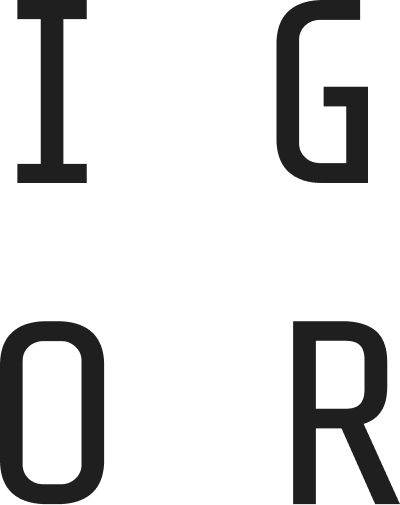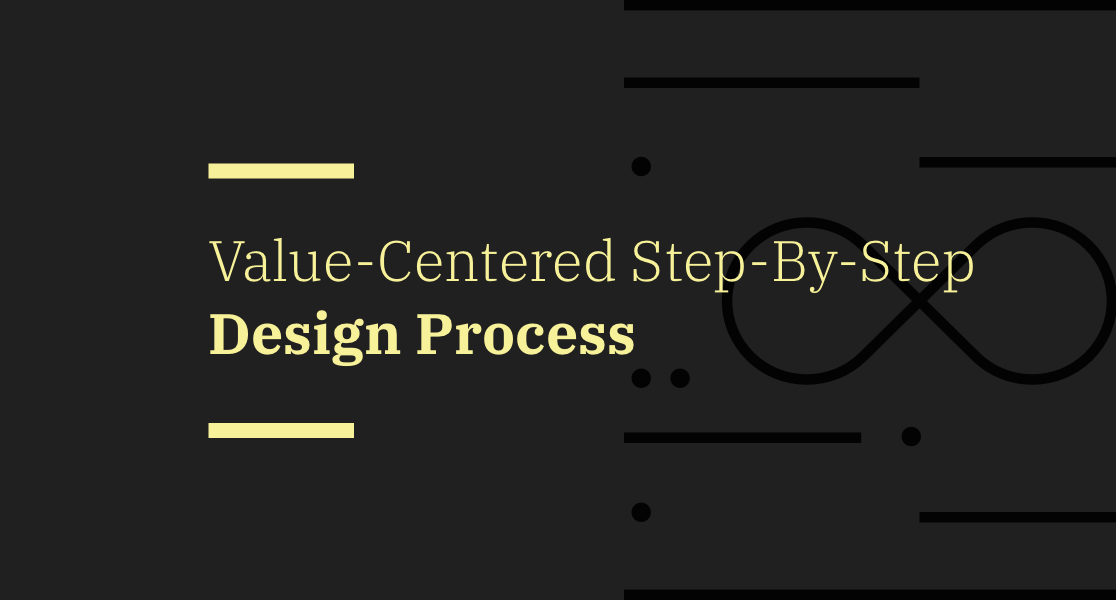Overview
DESIGN PROCESS: A design process is an approach used to break down large projects into manageable pieces, in order to solve problems and produce valuable design deliverables.
PLANNING PHASE: The first phase of a UX design process involves learning and understanding the objectives of the client business.
DISCOVERY PHASE: The second phase of a design process uses various UX research tools to build context for the problem they are investigating, learn more about the product users, and better understand the main concerns of stakeholders.
FRAMING PHASE: During the third phase of the design process, business and user needs are prioritized, decisions on product features are made, and the product is visually framed.
PRODUCT IMPLEMENTATION: After implementation, the product should remain in a loop of evolution, as the product and client business continue to grow and change over time.
Good User Experience (UX) not only takes business goals and objectives into account, but also focuses on understanding the needs and mental model of a product’s user groups. By understanding business objectives and how to best serve users, UX designers create memorable product experiences and help increase the profitability of products.
What is a Design Process
A design process is an approach used to break down large projects into manageable pieces, that can be better studied and understood, in order to solve problems and produce valuable design deliverables.
“If you think good design is expensive, you should look at the cost of bad design.”
– Dr. Ralf Speth
Phases of a Design Process
Because companies and products face different needs, design processes are customizable and often involve the use of different UX tools and techniques. However, a design process should include, to some degree, at least three important phases:
- Planning Phase
- Discovery Phase
- Framing Phase
When working with different businesses and designers, these three phases may be referred by different names, such as: Strategy Phase, Research Phase, or Design Phase, but the target outcome and deliverables of each phase will remain the same.
Planning Phase
The first phase of a UX design process, referred to as the Planning or Strategy phase, should focus around learning and understanding the objectives of the client business. Those objectives should include what the business hopes to achieve with the product, its branding and guiding principles, and how the business will measure success.
During the planning phase, the following UX tools and techniques are commonly used to determine business objectives:
- Stakeholder Interviews
- Analytics Review
- Product Scorecard
- Product Roadmaps
- Lean Canvas (Business Model Canvas)
Stakeholder Interviews
Stakeholder interviews are informative conversations held with key contacts within the client business. These discussions help identify what will make the product a success from the perspective of the client business, including: funding, selling, and driving the product.
Analytics Review
An analytics review provides key product usage statistics, including which pages users most frequently visit, the most used features, and the demographics of the product’s user groups. Analyzing these types of usage data helps designers make informed product predictions and decisions.
Product Scorecard
A product scorecard consolidates information from multiple sources, and establishes a system of measurement, in order to determine a product’s success or failure rate according to the KPIs set by the client business. This helps ensure that design efforts are properly aligned with the strategy of the client business.
Product Roadmaps
The product roadmap is a strategic plan of action, outlining the vision, direction, priorities, and progress of a product over time. By defining which activities are needed to meet specific business objectives and providing a timeline to implement product features and requirements, roadmaps help align designers and the client business around a product’s short and long term goals.
Lean Canvas
A lean canvas is a planning tool that helps teams visually map and frame objectives, problems, and solutions for a product. Creating a lean canvas at the beginning of the design process helps teams align with the product’s problem and helps the team develop a refined and lean solution.
“To be a great designer, you need to look a little deeper into how people think and act.”
— Paul Boag
Discovery Phase
The second phase of a design process, the Discovery Phase or Research Phase, is used to build context for the problem they are investigating, learn more about the product users, and better understand the main goals and concerns of stakeholders. Designers should take their time during this phase, as the discoveries made here will inform and impact their future design decisions.
During the discovery phase, the following UX tools and techniques are commonly used to capture a deeper understanding of user and business needs:
- User Interviews
- Competitor Analysis
- Surveys
- Cognitive Walkthroughs
- Heuristic Evaluation
- Contextual User Enquiries
- Content Audit
User Interviews
User interviews are inquisitive conversations had with a product’s users. During these interviews, designers formulate and ask questions aimed at learning and understanding the key needs, tasks, and motivations of the users. This helps designers make user-centered, design decisions.
Competitor Analysis
A competitor analysis identifies businesses and products that the client business is competing against, and evaluates the strengths and weaknesses of the competition. Looking closely at the competition provides valuable marketplace insights and helps the product team identify opportunities for improvement, in order to provide a distinct market advantage.
Surveys
A survey is a written set of questions used to solicit and gather topic-specific feedback from users. Feedback collected from surveys helps designers make informed, user-centered design decisions.
Cognitive Walkthrough
A cognitive walkthrough is a method used to evaluate individuals as they work through a set of representative tasks, asking questions as they work. This helps designers gain quick and early feedback regarding how intuitive and easy-to-learn a design solution is for new or infrequent users. And, while not a substitute for user evaluation, this method is helpful for identifying problems during any stage of the design process when real users are not available.
Heuristic Evaluation
A heuristic evaluation is used to determine how user friendly a product is, by evaluating the product’s usability or user interface. This helps pinpoint usability flaws within the product that need to be resolved.
Contextual User Inquiry
A contextual user inquiry is a type of observational interview, in which users are asked questions, and then observed as they perform set tasks within the product while narrating their experience. This helps designers better understand the user flows within the product, as well as the challenges faced by users.
Content Audit
A content audit involves assessing the value of a product’s content, by taking a complete inventory of a product’s content, including: text, images, documents, and applications. This helps the product team better understand the various parts of a product, and identify unnecessary and repetitive content.
“Design is not just what it looks like and feels like. Design is how it works.”
— Steve Jobs
Framing Phase
The focus of the third phase of the design process is to analyze and prioritize collected data, make decisions regarding product features, and visually frame the product using testable sample versions. This phase of the design process is iterative and requires close collaboration between cross functional product teams as they work through a build-measure-learn process to refine the product.
During the framing phase, the following UX tools and techniques are commonly used:
- Affinity Maps
- User Personas
- Journey Maps
- Design Studio
- Design Pattern Library
- Sketching
- Wireframing
- Prototyping
- User Testing
- User Story Map
- Product Inception
Affinity Maps
Affinity maps are editable design artifacts used to identify, group, and showcase trends or themes within collections of ideas and observations. This helps designers visually present large amounts of information, and quickly draw insights from qualitative data.
User Personas
User personas are fictitious identities that reflect a product’s user groups based on data collected from user surveys, interviews, and other user-centered activities. Personas help designers build user empathy by understanding their needs, experiences, behaviors, and goals.
Journey Maps
A journey map is a visual representation of the workflow that users go through in order to complete a task (including the series of actions that users take as well as their thoughts and emotions). This helps designers convey a holistic view of the user experience and creates a shared vision among the product team for future decision making. In her article “UX Mapping Methods Compared: A Cheat Sheet”, for Nielsen Norman Group, Sarah Gibson describes four of the most commonly used UX mapping methods in detail.
Design Studio
A design studio is an illustration-based workshop that facilitates idea creation, communication, and rapid iteration between cross-functional team members and stakeholders, as they work together to solve design problems. This helps the product team build a shared understanding of the problems they are solving for.
Design Pattern Library
A design pattern library is a collection of reusable design elements, including their base patterns and usage guidelines. Having a design pattern library helps maintain consistency within a product design, and makes it easier to create new product features or update existing ones.
Sketching
Sketching is a fast, flexible, and low cost method for designers to communicate their ideas on paper prior to prototyping. This provides a tangible format for designers to quickly test and iterate a multitude of ideas, in order to choose the one that is most valuable to the business and user.
Wireframing
A wireframe is a blueprint that visually represents a product’s framework. Wireframes help to determine the building feasibility and structure a product, and help designers prioritize a product’s content and features.
Prototyping
A prototype is an interactive, sample version of a product that simulates its user flows. Prototypes can range from simple low fidelity versions that have minimal usage to high fidelity prototypes that represent the actual product. Prototypes help designers test and validate product ideas with real-life users before investing a lot of time and money into developing the final product.
User Testing
User testing is a process used to test the interface and functions of a product by evaluating real-life users as they think out loud while performing specific tasks in realistic circumstances.
User Story Map
Story mapping helps design teams break user journeys down into prioritized product requirements and features based on user perceived value. This helps the team design and build functionality that is user-centric, and creates a shared understanding of the requirements needed for engineers to begin developing and implementing the product.
Product Inception
Product Inception is a meeting that connects cross-functional team members, product owners, stakeholders, and other invested parties to present and discuss key artifacts and findings, and establish a unified vision for the product. The collaborative nature of Product Inception helps ensure everyone’s point of view is shared for optimal ideation and planning.
Conclusion
This article provides a simple and understandable outline to an effective design process. While some designers claim that there are as many as four to six phases in a design process, this article simplifies those phases into three main areas of activities: planning, discovery, and framing. Following these three phases removes the common final phase, Implementation, because a product should remain in a continuous cycle of evolution, as the product, its users, and the client business continue to grow and change.
Read more in UX Mapping Methods Compared, UX Design Process Guide and UX Process Overview.



